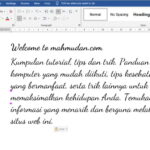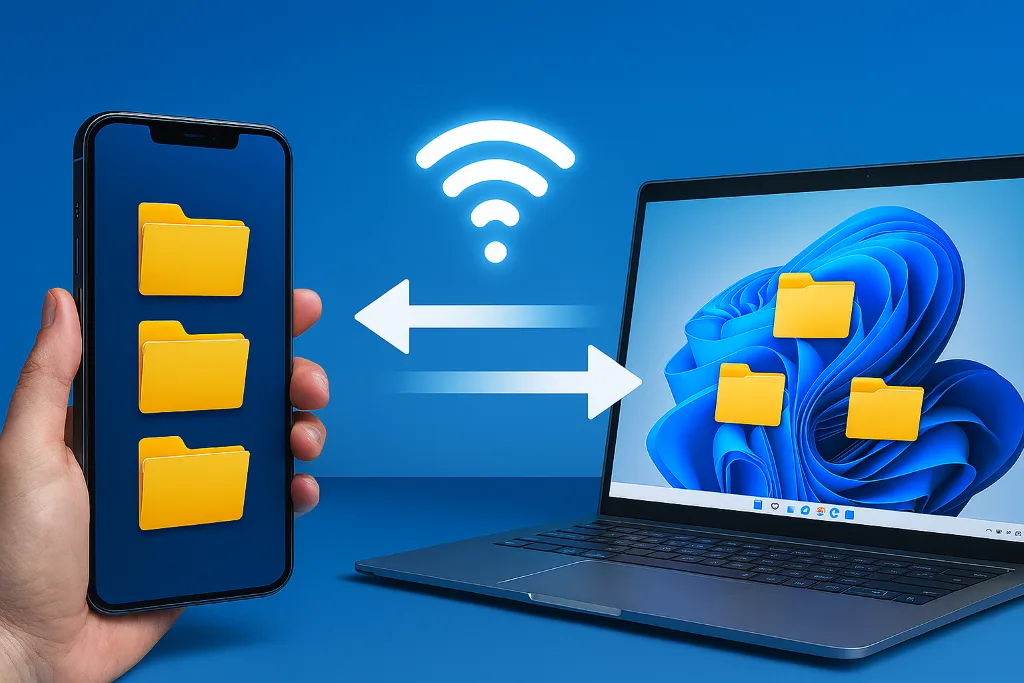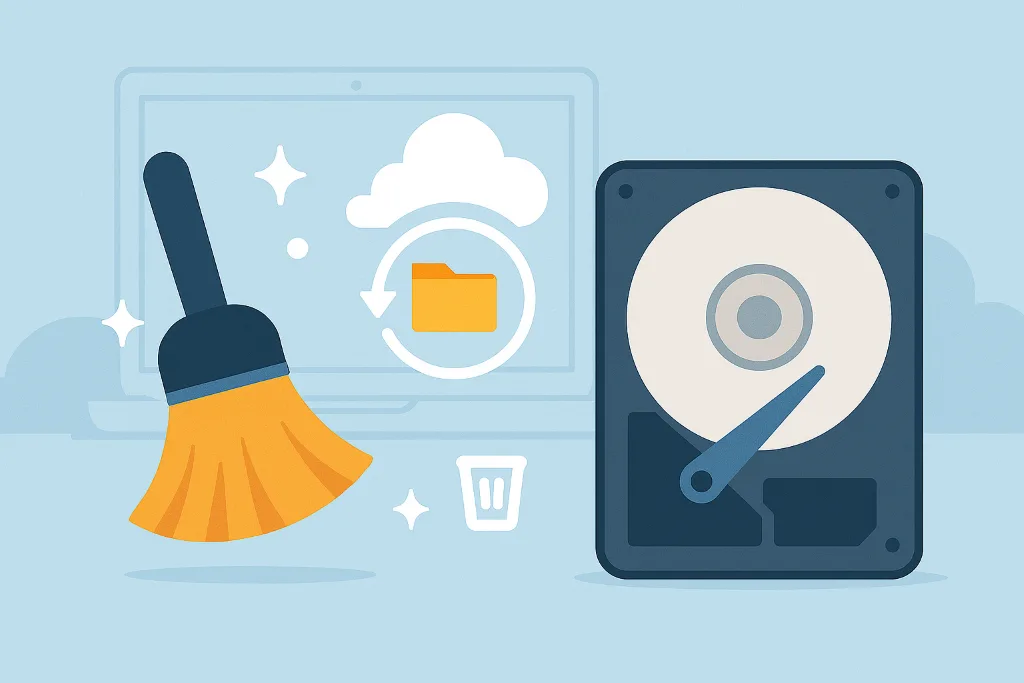This guide explains how to create a Bootable USB Drive for BIOS based systems without an application. You can use this Bootable USB Drive to installing Windows 7 to your PC.
The advantage of installing Windows using a bootable USB Drive is that it is faster than installing it from optical media. It also allows you to install the operating system (OS) on devices such as tablets that do not support optical media.
How to create a Bootable USB Drive in this guide is specifically for BIOS-based systems, if you are using a UEFI based system, follow how to create a Bootable USB Drive for BIOS based systems.
List of contents
BIOS at a glance
BIOS stands for Basic Input / Output System, is the firmware on a read-only flash memory chip on the motherboard called EPROM (Erasable Programmable Read-Only Memory). BIOS is used during the startup process to initialize hardware and load the operating system, serves to determine the boot priority of the device and allows users to adjust hardware and software settings.
BIOS works in 16-bit mode, which also limits the amount of code that can be read and executed from the ROM firmware. The firmware uses the MBR partition scheme and supports up to storage devices 2 TB.
Preparation
The following are some of the things needed to create a Bootable USB Drive:
- A USB drive device that can hold OS installation files.
- Administrator access rights on the system used to create a Bootable USB Drive
- Windows installation files.
Steps to Create a Bootable USB Drive
Following are the steps in creating a Bootable USB Drive for BIOS based systems.
Total Time: 10 minutes
1. Run Diskpart

Insert the USB drive. Open Command Prompt using options Run as Administrator, then run Diskpart by typing: diskpart then ENTER
2. Show Disk List

Display a list of all disks recognized by the system by typing: list disk then ENTER
3. Select Disk

Select your USB drive from the list (in this example Disk 1) by typing: Select Disk 1 then press ENTER
4. Erase Disk Data

Erase all data from the disk by typing: clean then ENTER
Attention: This command will destroy all data on the USB drive.
5. Create Primary Partition

Create a primary partition by typing create partition primary then ENTER. You can abbreviate this command by typing cre part pri
6. Create Boot Partition

Create a bootable partition by typing active and press ENTER.
7. Show Volume List

Display a list of all volumes recognized by the system by typing list volume and press ENTER
8. Select Volumes

Select the USB drive volume from the list (in this example: Volume 4) by typing select volume 4 and press ENTER.
9. Quick Format

Quickly format the disk using NTFS by typing format fs=ntfs quick and press ENTER
10. Copy Installation Files
Copy the entire contents of the installation media to the USB drive. At this point the steps to create a Bootable USB Drive have been completed.
Cover
After you copy all the installation files into the USB Drive, You are ready to use it as Windows installation media. By using this Bootable USB Drive to install operating system, You can install more quickly. Set Boot your PC to USB drive to start the installation.
Reference:







